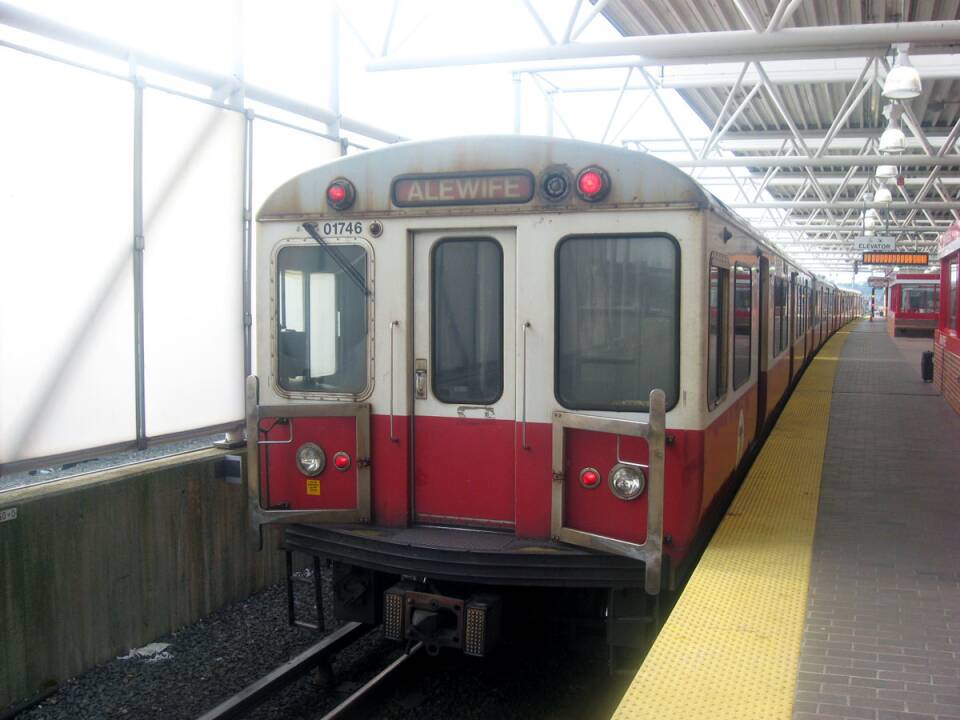Bar-hoppers, concert-goers and late-night workers who struggle to commute to and from jobs — MBTA General Manager Phillip Eng says he wants to help you.
While other major cities like New York and Chicago offer 24/7 subway service, the T’s trains usually don’t operate from about 1 a.m. to 5 a.m. But during an appearance on Boston Public Radio Monday, Eng said he’s considering running some trains later to help people who need more transit options after midnight.
“I’ve been talking with my operations folks regarding the potential for later night service,” Eng said.
His comments came in response to a caller who complained about being stranded after a concert at Gillette Stadium this summer. The caller said she was able to take a special service commuter line train from Foxborough that arrived at Back Bay at around 1 a.m. But she missed her connecting Orange Line train to Malden — which was the final one of the night — so she had to pay $38 for an Uber.
Boston’s subway system used to offer 24-hour service until the MBTA took it over in the 1960s. Most recently in 2014, the T ran a late-night train, but the pilot ended after two years because the agency said ridership wasn’t high enough to justify the operational expenses.
Eng acknowledged the cost concerns Monday, but suggested more late-night options may still be worthwhile.
“How do we make sure that people that want to use our system for these events can use it in both directions and get to home and to the event safely and reliably,” he said. “For our essential workers, too. I know so many people that need our system start [work] earlier than our system starts, or [work] later.”
The possibility of late-night service comes as Eng remains confident that overall ridership on the subway will increase.
Rider numbers across all T services have been hovering at around 65% of pre-pandemic levels. That’s even though the commuter rail has seen ridership rebound better than similar train lines nationwide, Eng said.
Going forward, he said the subway will become a more attractive transit option as the T improves reliability. He said the agency is on pace to eliminate all slow zones by the end of the year. New Orange Line and Red Line cars also are being delivered after years of delays, and the T plans on upgrading Green Line trains as well.
“Safe, reliable, frequent service brings people back,” Eng said. “We’re already seeing that the frequency of our subway lines are increasing. On all of our Red, Orange, Blue, Green [lines], we’re running more trains.”







